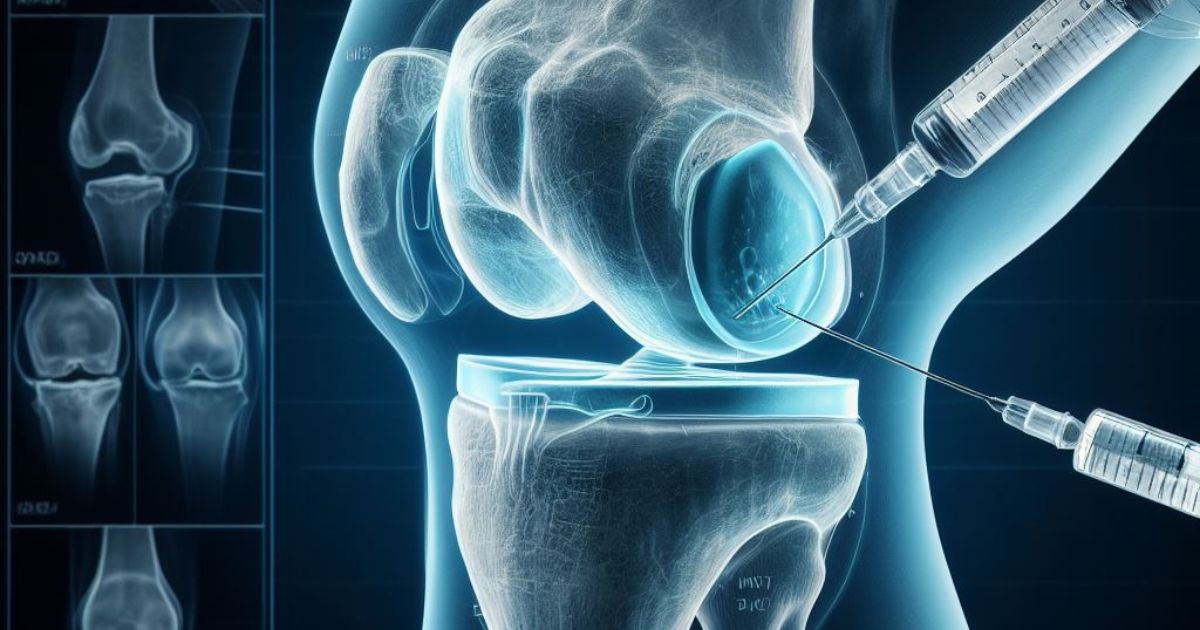Gel knee injections: how they work and their benefits
Gel injections for the knee, also known as hyaluronic acid (HA) injections, have emerged as a widely trusted nonsurgical solution for individuals grappling with knee pain—especially those living with osteoarthritis, the most common form of degenerative joint disease. Unlike temporary pain relievers like oral anti-inflammatories, these injections target the root of the issue: the breakdown of the knee’s natural lubricating fluid (synovial fluid) that cushions joints and reduces friction during movement. For people who find little relief from physical therapy or lifestyle adjustments, or who want to delay or avoid invasive procedures like knee replacement surgery, HA injections offer a practical middle ground.

Knee pain, particularly from osteoarthritis (OA), affects millions of people worldwide, limiting mobility, disrupting daily routines, and eroding quality of life. For those seeking relief without surgery, knee gel injections—officially called viscosupplementation—have become a cornerstone of non-invasive treatment. But how exactly do these injections work? What makes them effective for some patients and not others? And how do they fit into the broader landscape of knee pain management? This guide breaks down every aspect of knee gel injections, from their scientific mechanism to real-world application, to help you understand why they’re a go-to option for mild-to-moderate OA and beyond.
1. The Science Behind Knee Gel Injections: What Are They, and How Do They Target Pain?
To grasp how gel injections work, it’s first essential to understand the biology of a healthy (and unhealthy) knee joint—specifically, the role of synovial fluid, the natural “lubricant” that keeps knees moving smoothly.
1.1 The Role of Synovial Fluid in Healthy Knees
A healthy knee joint is a marvel of biological engineering. It consists of two main bones: the femur (thigh bone) and tibia (shin bone), capped with a layer of smooth, protective cartilage called articular cartilage. Between these bones lies the synovial cavity, a small space filled with synovial fluid—a thick, clear, gel-like substance produced by the synovial membrane (the tissue lining the cavity).
Synovial fluid has three critical jobs:
-
Lubrication: It reduces friction between the articular cartilage surfaces as the knee bends and straightens, preventing wear and tear.
-
Cushioning (Shock Absorption): Its gel-like consistency absorbs impact from walking, jumping, or standing, shielding the bones and cartilage from excessive pressure.
-
Nutrition: It delivers oxygen and nutrients to the avascular articular cartilage (which has no direct blood supply) and removes waste products, supporting cartilage health.
At the heart of synovial fluid’s effectiveness is hyaluronic acid (HA)—a long, sugar-based molecule (a glycosaminoglycan) that gives the fluid its thickness and elasticity. In a healthy knee, HA molecules form a network that traps water, creating a viscous fluid capable of withstanding mechanical stress.
1.2 How Osteoarthritis Breaks Down This System
Osteoarthritis (OA)—the most common reason people get knee gel injections—gradually destroys this delicate balance. OA is a degenerative joint disease characterized by the breakdown of articular cartilage and changes to the synovial fluid, bone, and surrounding tissues. Here’s what happens:
-
Cartilage Degradation: Over time, the articular cartilage thins, cracks, and wears away. As cartilage erodes, the protective barrier between the femur and tibia disappears, leading to “bone-on-bone” contact.
-
Synovial Fluid Deterioration: The synovial fluid in OA knees loses its quality: HA molecules break down (becoming shorter and less elastic), the fluid thins, and its lubricating and cushioning properties decline. This means less friction reduction, less shock absorption, and more pain with movement.
-
Inflammation and Pain: As cartilage fragments shed into the joint space, the synovial membrane becomes inflamed (a condition called synovitis). Inflammation triggers the release of pain-causing chemicals (like prostaglandins and cytokines), leading to stiffness, swelling, and discomfort—especially during weight-bearing activities like walking, climbing stairs, or standing.
1.3 How Gel Injections Reverse (or Mitigate) These Issues
Knee gel injections work by replenishing and restoring the knee’s natural synovial fluid system—targeting the root cause of OA pain rather than just masking symptoms (like oral painkillers do). Here’s the step-by-step mechanism:
Step 1: Delivering Hyaluronic Acid to the Joint Space
Gel injections contain exogenous hyaluronic acid—HA that’s either derived from natural sources (like rooster combs, a rich HA source) or produced synthetically in a lab. The HA in these injections is designed to mimic the molecular structure and viscosity of healthy synovial fluid.
During the procedure, a doctor injects this HA gel directly into the synovial cavity of the knee. This is critical: unlike oral supplements (which are broken down by the digestive system and rarely reach the joint in meaningful amounts), injected HA is delivered straight to the site where it’s needed most.
Step 2: Restoring Lubrication and Cushioning
Once in the joint, the HA gel immediately begins to:
-
Thicken the synovial fluid: The injected HA mixes with the remaining natural synovial fluid, increasing its overall viscosity. This “thicker” fluid reduces friction between the eroded cartilage surfaces, making movement smoother and less painful.
-
Enhance shock absorption: The gel’s elastic properties allow it to absorb impact during weight-bearing activities. For example, when you walk, the HA gel compresses slightly, distributing pressure across the joint instead of letting it concentrate on damaged cartilage or bone.
In essence, the injection acts as a “temporary replacement” for the degraded synovial fluid—buying time for the joint to function with less pain.
Step 3: Reducing Inflammation (A Longer-Term Benefit)
While the immediate effect is improved lubrication, HA also has anti-inflammatory properties that kick in over time. Research shows that HA can:
-
Block the release of pro-inflammatory chemicals (like TNF-α and IL-6) from synovial cells and immune cells (like macrophages) in the joint.
-
Reduce the activity of enzymes (like matrix metalloproteinases, or MMPs) that break down cartilage and HA itself—slowing further joint damage.
-
Stimulate the synovial membrane to produce more natural HA and healthier synovial fluid, creating a “feedback loop” that supports long-term joint health.
This anti-inflammatory effect is why many patients notice not just less pain, but also reduced swelling and stiffness in the weeks after treatment.
Step 4: Protecting Remaining Cartilage
By reducing friction and inflammation, gel injections also help protect the remaining articular cartilage from further wear. In OA, friction between rough cartilage surfaces accelerates degradation; by smoothing movement, HA injections slow this process. Some studies even suggest that HA may stimulate the production of proteoglycans—key components of cartilage that give it strength—though this effect is more modest and varies by patient.







